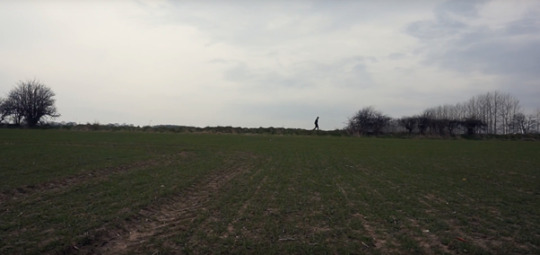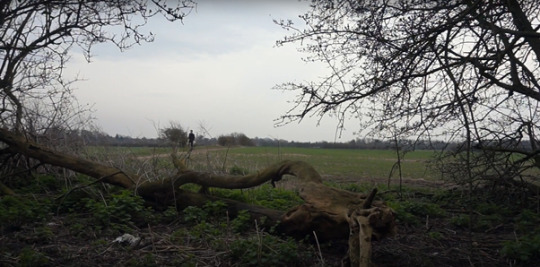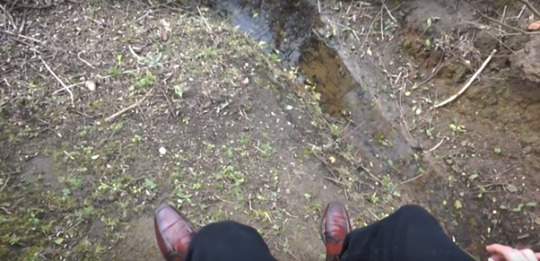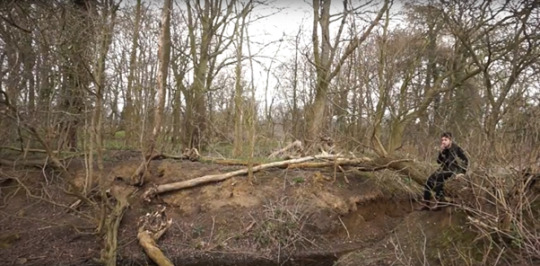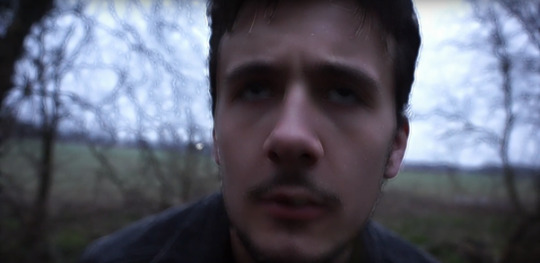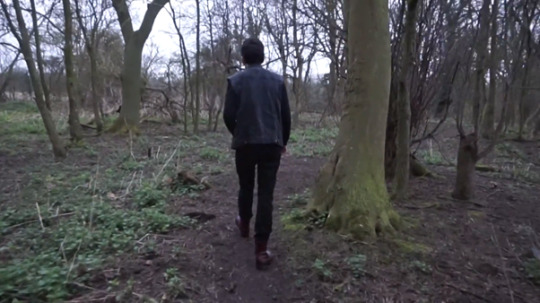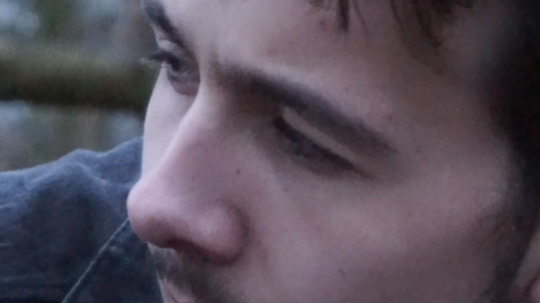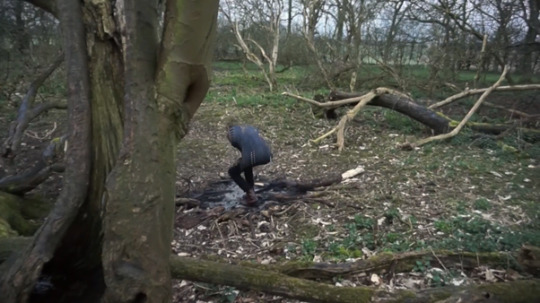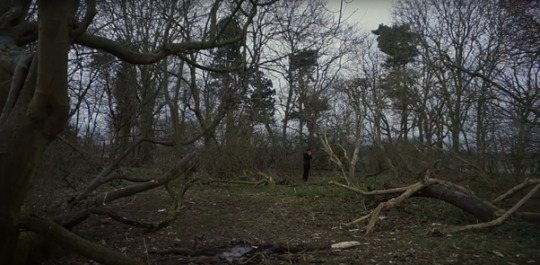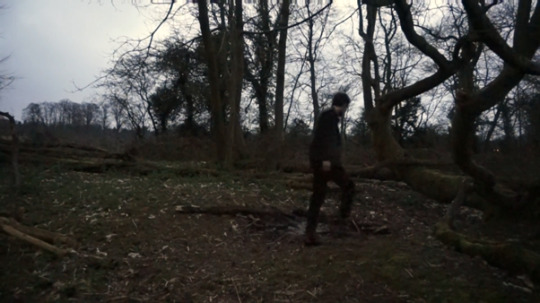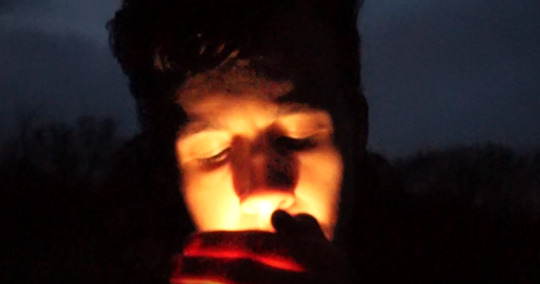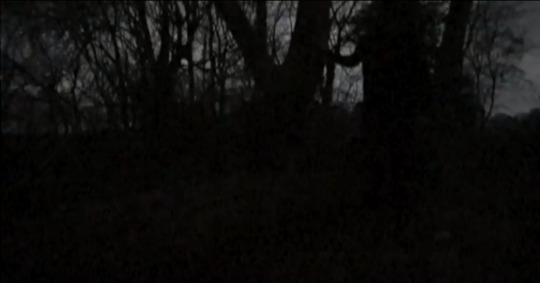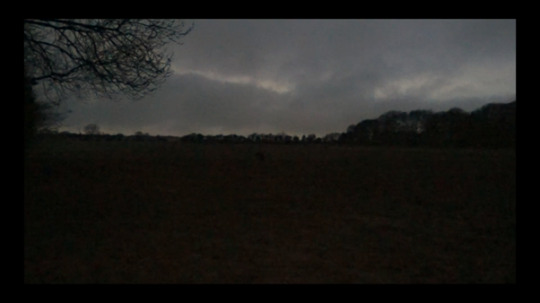Text
INDEX
Harrison Johnson - Candidate Number - 8602
Part I
Post A - Creative Investigation Topic
Post B - Notes on ‘Once Upon A Time In The West’
Post C - Notes on ‘Once Upon A Time In America’
Post D - Notes on ‘The Good, The Bad and The Ugly’
Post E - Source Review 1
Post F - Source Review 2
Post G - Source Review 3
Post H - Source Review 4
Post I - Source Review 5
Post J - Source Review 6
Post K - Source Review 7
Post L - Source Review 8
Post M - Source Review 9
Post N - Source Review 10
Post O - Source Review 11
Post P - Source Review 12
Post Q - Unannotated References List
Post R - Organised Quotes
Post S - The Essay Abstract
The Marked Abstract
Post T - Creative Investigation Draft
Post U - Creative Investigation Final Draft
Part II
Post A - Initial Ideas
Post B - Synopsis
Post C - Screenplay
Post D - Storyboard
Post E - Recce Report
Post F - Casting
Post G - Shooting and Editing Schedules
Part III
Post A - First Edit
Post B - Final Edit
Part IIII
Post A - Evaluation
0 notes
Text
S3. Post B - Final Edit
https://www.youtube.com/watch?v=2X048HBrF4o
youtube
0 notes
Text
S3. Post A - First Edit
https://www.youtube.com/watch?v=vV-4VA9Z2Qw
youtube
0 notes
Text
S4. Post A - Final Draft of Evaluation
In Post A, I stated, “I am studying Sergio Leone as an auteur and trying to incorporate aspects of his style into my film”, and I think I have made a five minute film that is reflective of my creative investigation as well as incorporating stylistic elements, as well as genre and theme that is characteristic of Sergio Leone’s movies into my own.
Sergio Leone’s work is generally defined as ‘Spaghetti Western’ which seems like a clear cut term for his work, however this term was relative to other factors than just the style of the film, such as the nationality of the director (typically Italian) as well as the production budget and filming location. Leone did in some ways invent this genre and this allusive term was coined for his work. At its most basic level Leone’s films are westerns with similar themes such as redemption and solitude. I kept this in mind when creating my own film, “The Milky bar Kid”, and referenced my creative investigation and returned to Leone’s films to see what elements of his filmmaking I could incorporate into my own. One critic said that Leone’s style is “the contrast between big and little” (referring to the shot types that Leone chose to use). This is a style I actively tried to make a part of the cinematography of my film. As Leone emphasises cinematography over dialogue, I tried to do this, as well as showing contrast between shots of wide and close up shots.

(The Milky bar kid, 2018)
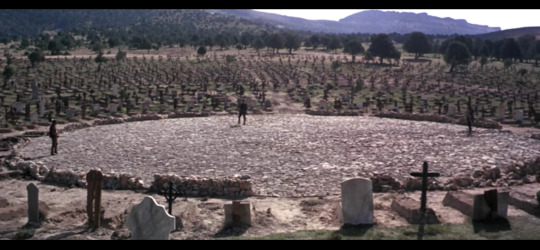
(The Good, the Bad and the Ugly, 1966)
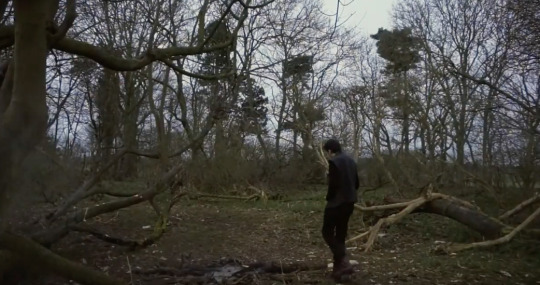
(The Milky bar kid, 2018)
In the final sequence I change the aspect ratio so that it is similar in another aspect to some of Leone’s work. I withheld this technique until the final scene for a few reasons, one being that I thought it was a bit over the top to have that aspect ratio for the entire film and that if I did it would not be noticeable. So I kept it for the final sequence where the change is clearly notice, I also kept it for the final sequence because it was the most visually stunning and drawn out, and the change in aspect ratio is interesting to observe. The final sequence is also hard to make out because of the dark lighting, yet the most picturesque, so I decided to change the ratio to in essence ‘put a frame’ around it.
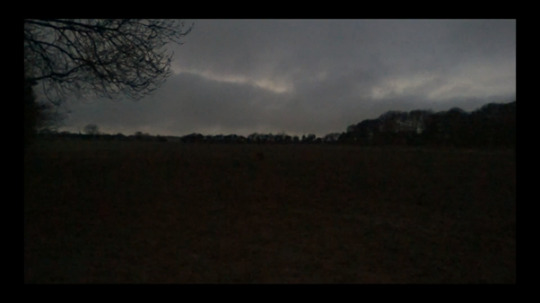
(The Milky bar kid, 2018)
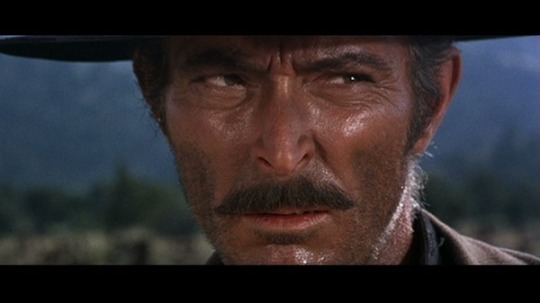
(The Good, the Bad and the Ugly, 1966)
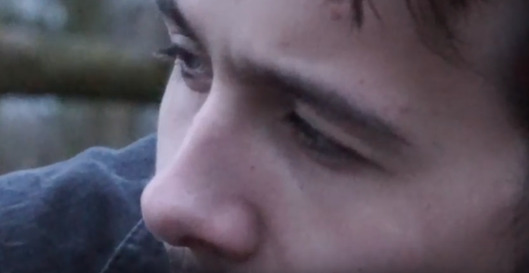
(The Milky bar kid, 2018)
The lack of dialogue is traditional of a Sergio Leone spaghetti western, which is why there is extremely limited use of diegetic dialogue in my film. It is also because the unnamed protagonist is the only character in the film and it wouldn’t really make sense for there to be too much dialogue between one person.
In ‘The Milky bar Kid’ I tried to create a spaghetti western with a post modern approach so it did not feel dated. I achieved this with the use of a non-diegetic voiceover, explaining the events and giving the audience more context of the events as they unfold. I did use some visual effects to heighten the fiction of the story and to break the illusion of the film to some extent. I think that a notable example of this is when my unnamed protagonist is sat on the log over a small lake. In this scene where the shots are wide there is a ‘brown’ filter to re-create the look of a spaghetti western and the natural browns that traditional celluloid film on which most spaghetti westerns were filmed on to make the film look more visually connected to Sergio Leone’s work in some shots. Whilst in other shots such as the shot where there is some ‘trippy’ effects on the unnamed protagonists face, which would not traditionally appear in a Western, let alone a Sergio Leone feature.
I tried to incorporate some iconography that is quiet typical of Sergio Leone, such as extreme close ups, cigarettes, open spaces and a costume that slightly subverts cultural views of what a cowboy is, as Leone did with ‘the good, The bad, and the Ugly’ and ‘ Once Upon a Time in the West’ by giving the cowboys big duster jackets. I did this by using a sleeveless jacket and cherry red boots. I think the costume is also a large part of the film, as different audiences interpret it differently, which contributes to my film not having one singular message.
To shoot my film I used one DSLR camera, which made it more time consuming to shoot shots from two perspectives or angles, but made me consciously think about what shots I needed and I think the film was of a higher quality because of this, and I think the cinematography is definitely of a higher standard than my first year film. The film runs from daylight, into nighttime, and it is implied by the voiceover that several days have passed. The film following the course of a day visually gives the film a chronological film, even though some shots gives the impression that some sequences are non-linear even though they are not.
I decided to make the score for my film basing it off of the theme from ‘The good the bad and the ugly’. I adopted the ‘dm-em’ musical motif to my film, which completed the film and added another dimension to it. I think the score sounds quiet traditional of a spaghetti western and doesn’t subvert audience expectations, as well as complimenting the cinematography quite well.
I think that I could apply auteur theory to my film, especially because I scored the film, and wrote and directed it, however I think that because I didn’t act in it myself, and because the style is trying to emulate the style of another directors vision (Sergio Leone) I could not fully attest to being a true auteur. I did try and create inner meaning by the use of a voiceover, which allows for audience insight, and symbolism, by the use of cigarettes and sparse landscapes to foreshadow the death of the protagonist and heighten the feeling of isolation.
I picked my locations because it was the closest thing I could get to the locations Leone used in his films, as well as having a similar impact on an audience visually, because it think that it wasn’t just the open landscapes that made Leone’s work impressive, it was the way he shot and focused on them in choice moments, which I tried to do, especially in the beginning to have a form of visual exposition, and I think having similar ending shots creates a cyclical feeling and creates a visual sense of resolution.
0 notes
Text
C. Notes on ‘Once Upon A Time In America’
The film follows the story of, ‘noodles’ played by Robert De Niro, through three main ‘acts’ in his life. The film starts and ends with Noodles in a crack den in a Chinese puppet theatre, this leaves the interpretation of the film open to the audience, wether the events actually happened and the final shot of Noodles is a call back to his youth, or if they were a dream by the stoned Robert De Niro after the death of his partner played by James woods.
The film then follows Noodles’ childhood as a street urchin in the Jewish neighbourhood of New York in the 1920′s. In this time Noodle’s friendships are established as well as his love interest Deborah, played by a young Jennifer Connelly. Young Noodles is then taken to prison after stabbing a police officer and a gunman who shot one of his younger comrades.

After evidently being in prison for a long time, now an adult Noodles is released from prison and discovers his fiends have established an illicit illegal empire on crime. Noodles is welcomed with warm arms, but starts to take over from his partner Max, who resents this. Max then plans a bank robbery doomed for failure, so Noodles plans to have him incarcerated for a smaller crime for his own protection. Then in a standoff against the police Max seeming dies, the events thereafter are speculated as part of a ‘dream sequence’ to deal with the death of Max, however it is unclear as the film has no direct answer for if this theory is true or not and it is purposely left open to speculation.
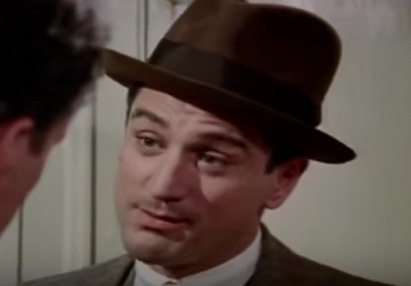
In the Final act of the film, an old Noodles is invited to a a party of a local politician, which he attends out of interest and curiosity. After attending the gathering, Noodles is reacquainted with Max and Deborah, ‘who survived’ the police attack and has gotten Married to Deborah. Noodles then returns to the Opium den as a young man, this is the cryptic ending of the film which has split opinion amongst many viewers of the film.

0 notes
Text
G. Shooting and Editing Schedules
Initial shoots
- SAT EVENING 10th February
On this day I am filming the initial ‘setting’ shots of my location, this allows me to showcase various shots in-between scenes to emphasise the expanse and desolate environment of my protagonist.
/
- SAT DAY/EVENING 10th February
-For this shoot I intend to film the landscape and ‘setting’ shots which can be interchangeably used between shots, this links to my investigation as this is not only characteristic of Sergio Leone films, but also westerns in general.
- SUN DAYTIME-EVENING 11th February
This will be my first shoot with my actor, for this shoot i intend to film in the places where i will have already filmed my establishing shots as well as, some other locations in the same area. This will make it easier to edit as well, as i think it will aid the cutting of the shots together, making it seem quite effortless and visually impressive when the final film is released
-MON EVENING 5th March
-For this shoot I filmed my brother in the opening scene to the film, as well as the ending which shows a dreamlike sequence in which the character he plays ‘falls’ from a height and imagines the rest of the film sequence. This showcases the links to my textual analysis, as it links to my area of study, as this has a similar feel and theme as that of ‘Once Upon a time in America’.
Links to Creative investigation
For my locations I intend to include landscape shots, similar to those used by Sergio Leone in his western films.

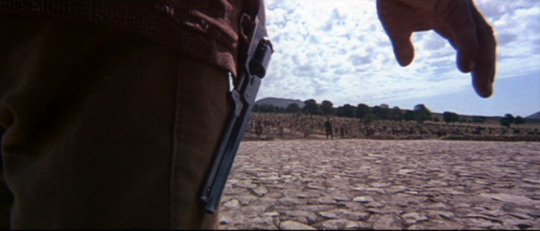
0 notes
Text
F. Casting
Name - Joe Simpson
Age - 17
Sex - Male
Character name - N/A (Un-named protagonist)

Head-shot
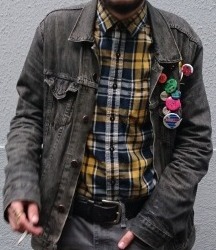
Full body shot
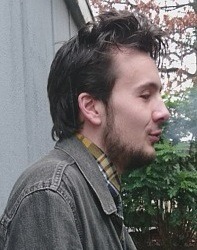
Profile
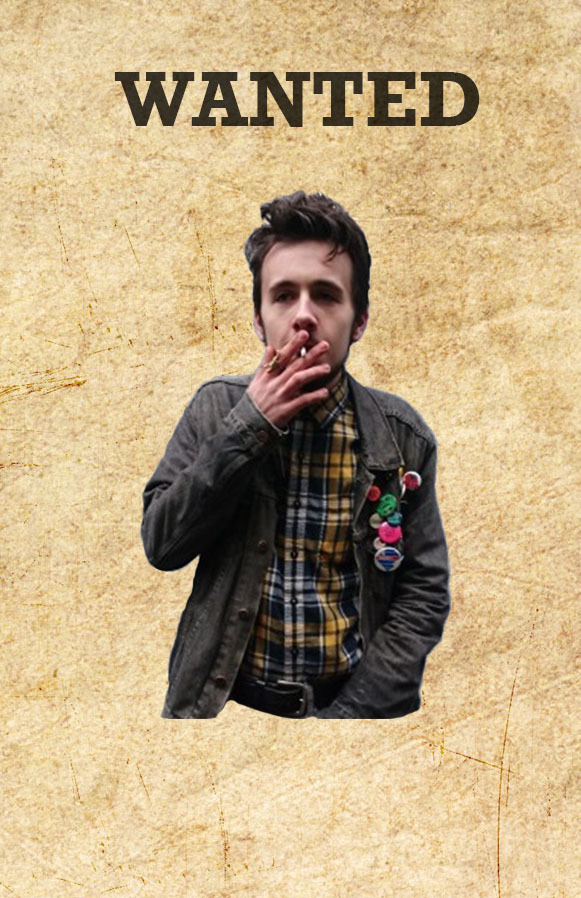
Why I choose This Actor? - To play the part of my ‘un-named protagonist’ I have cast Joe Simpson, who is 17 years old and lives relatively near me so he is readily available for filming. He also has the rugged look of a classic western star, and his beard and monotonous voice adds to the character, and i think that he is the perfect fit for my protagonist.
youtube
Screen Test
This is my screen test for my main character, played by Joe Simpson, the actor in the video above. In this ‘screen test’ I asked Joe to speak in a western accent, not that i intent to film with this accent, but i thought it would be interesting to have a small sample of showing what it could be like if I did follow this through. This is also to compare to some of the films I am studying, which all feature characteristically ‘Macho American accents’ typical of western films.
Link To my creative investigation/Dream-Cast

For my ‘ideal’ cast, I would feature Robert de Niro as my protagonist, as he starred in the Leone film ‘Once Upon a Time in the America’ but never starred in a western film, or a Leone western. I would ideally be casting De Niro in his ‘prime’ at some point in his mid twenties to mid thirties. This is so that he would still have an essence of youth, however he would have the rugged masculine looks he acquired later in life.
0 notes
Text
E. Recce Report
Why did I decide on my filming locations? Lighting and sound issues?
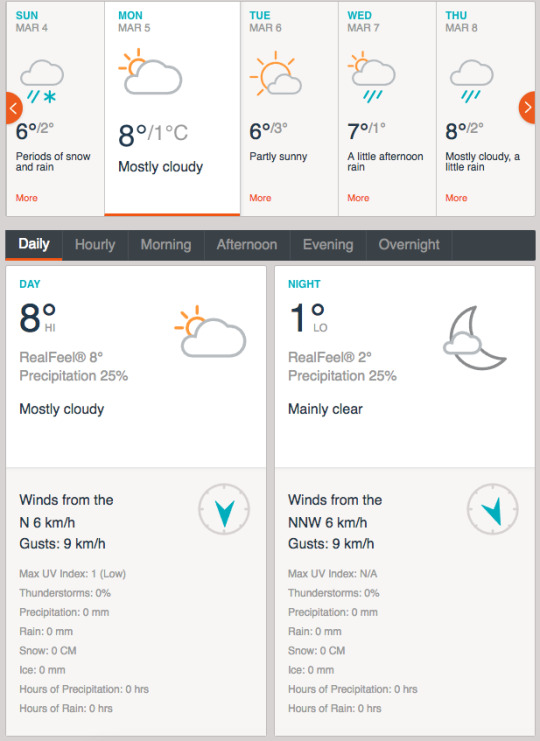



Initial Shoots
- SAT DAY/EVENING 10th February
- SUN DAYTIME-EVENING 11th February
Final Shoot
-MON EVENING 5th March
-TUES EVENING 6th March
Shoots Outside
- SAT DAY/EVENING 10th February
-For this shoot I intend to film the landscape and ‘setting’ shots which can be interchangeably used between shots, this links to my investigation as this is not only characteristic of Sergio Leone films, but also westerns in general.
- SUN DAYTIME-EVENING 11th February
This will be my first shoot with my actor, for this shoot i intend to film in the places where i will have already filmed my establishing shots as well as, some other locations in the same area. This will make it easier to edit as well, as i think it will aid the cutting of the shots together, making it seem quite effortless and visually impressive when the final film is released
-TUES EVENING 6th March
Shoots At Home
-MON EVENING 5th March
-For this shoot I filmed my brother in the opening scene to the film, as well as the ending which shows a dreamlike sequence in which the character he plays ‘falls’ from a height and imagines the rest of the film sequence. This showcases the links to my textual analysis, as it links to my area of study, as this has a similar feel and theme as that of ‘Once Upon a time in America’.
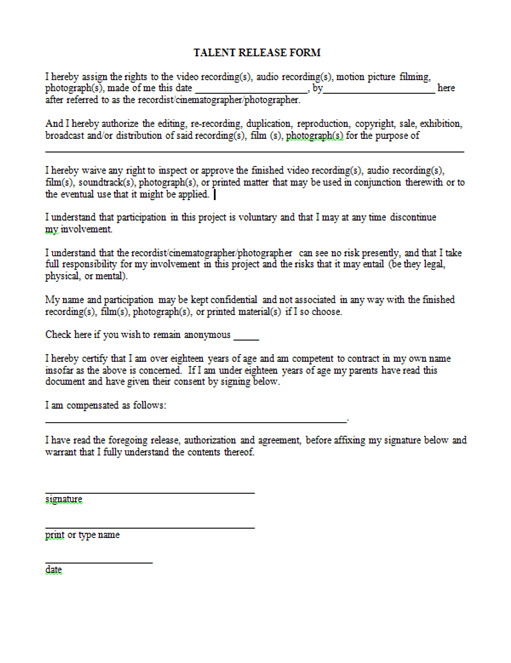

0 notes
Text
D. Storyboard
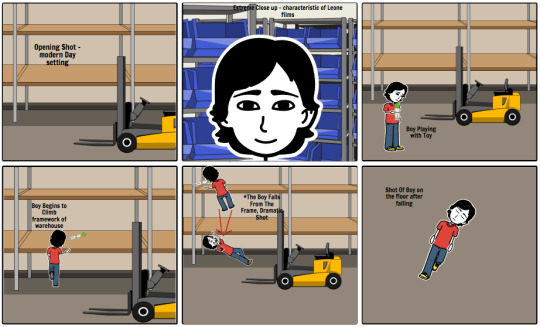

These are some ideas i have for the cinematography of my short film so far. The location I intend to use for my short look remarkably like the ‘stock’ images on the storyboard software which was helpful. The cinematography and lack of dialogue should help me convey the solidarity of the protagonist, although I do also need to implement some stylistic and visual features to keep a coherent and interesting story line.


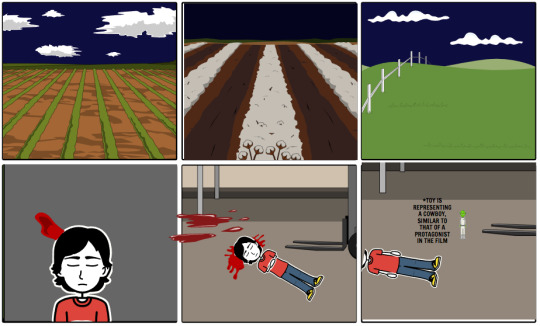
Link To my creative investigation
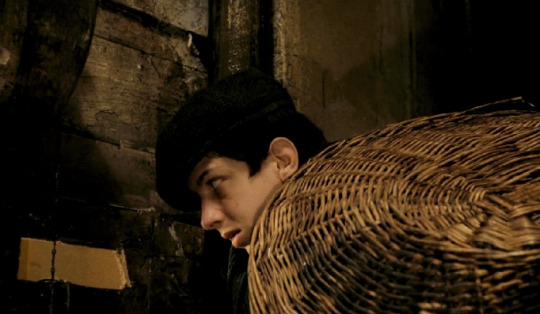
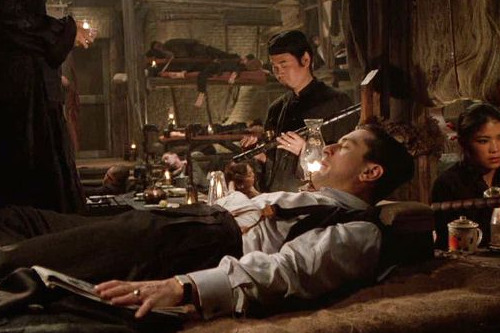
I intend to use stylistic features to link my film to my creative investigation: i will use a non-linear storyline similar to that of once upon a time in America, which begins and ends with the same sequence. however, Once upon a time in America is over three hours long, and my short film will only be around five minutes, so i think this sequence will make more sense in context to my film.
I am also using a child to represent the generation gap between two eras, in Once upon a time in the west, this is shown by having Robert De Niro’s character, noodles, shown as a child and played by a child actor. This is something Leone had not really done before, and it is a big part in establishing the setting of the film.
0 notes
Text
C. Screenplay/ Script
For now I will include this link to my script on the google drive while its still changing, I will include screenshots of my script once it is fully realised.
https://docs.google.com/document/d/1w9z4VYesH1T81H-p16cD2gX_w_X-yTv5QGgSwlQfRQo/edit
0 notes
Text
B. Synopsis
These are the synopsis’ of my focal films, Once upon a time in the west, Once upon a time in America and The Good The Bad And the Ugly. I intend to use these as influences whilst creating my short film, which will simulate aspects of Leone’s movies, without mimicking or parodying any of Leonie’s work.
My Film’s Synopsis
LOGLINE - “A 21st century take on a Spaghetti western; A degenerate anti-hero is alone on a mysterious journey to find redemption, is it real or all a fantasy?’
For my film I intent to center the film around a central ‘lone-ranger’ type character, who is on some form of quest to either find a monetary reward, or redemption. This is a common theme of spaghetti westerns, two of my focal films are spaghetti westerns which also helps. I am considering adding a second character as the token villain or a love interest. I think the inclusion of either of these aforementioned characters would make a much more interesting and fuller story-line, however filming with one character would be easier to plan for filming, for re shoots if needed, but it would be helpful for getting what i set out to achieve in my original film script without much debate. I intend to make the film like a period drama but only with one character throughout like the traditional protagonists conventional of the spaghetti westerns Leone established. I intend to make the film visually stunning and use conventions from all three of my focal film, taking the visual aspects and approach to dialogue from my first two focal films, whilst taking the spirit and ethic from my third focal film ‘Once Upon A Time in America’
Link To my creative investigation
In the films used in my creative investigation, the protagonist is consistently shown as a ‘loner’ or a ‘recluse’ whilst still maintaining a strong sense of identity and heroism. I am going to emulate this in my film, as this was a characteristic trait of Sergio Leone’s westerns that eventually got copied and ripped off by other contemporary filmmakers of Leone that it became typical and satirical as a concept to even include an overtly ‘macho’ and juxtaposingly equally ‘introverted’ character.
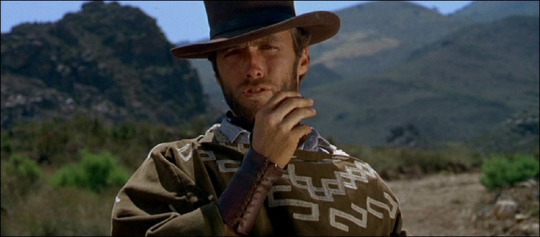
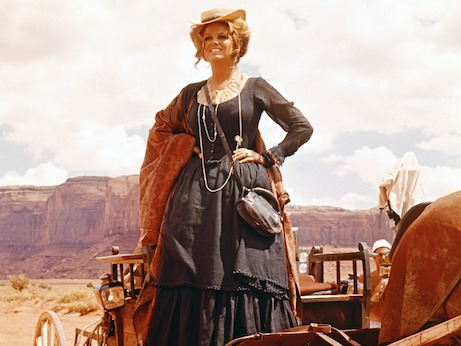
0 notes
Text
A. Initial Ideas
How is the cinematography/ Mise en scene/ Editing/ Sound in your short film going to be influenced by the films and findings of your critical investigation?
Influential short films?
Genre (iconography and conventions) – How is this influenced by my creative investigation?
Narrative (plot synopsis, narrative structure, characters)? How is this influenced by my creative investigation?
Messages/ values? How are these influenced by your creative investigation?
Authorship
Authorship is probably one of the most important aspects to consider whilst planning my film, as I am studying Sergio Leone as an auteur and trying to incorporate aspects of his style into my film.
Narrative
I intend the narrative in my film to be mostly linear, but possibly starting with part of the ending sequence, similar to the beginning and ending of Once Upon a Time in America, which begins with the same scene as what is continued at the end of the film.
Themes
The themes in my three focal films that I wish to include in my film are
frontier justice (Individual’s own view of morality)
Gunfighter Protagonist
Representation
I am trying to represent my protagonist in light of the ‘classic’ western protagonists, whilst subverting this stereotypical overdone archetypal character type so that it is interesting for the audience. In all of my focal films the protagonist is a ‘loner’ and I intend for my protagonist to have the sentiment of the connotations that are attached to that.
Style
The style of my short film should follow the basic style of Sergio Leone whilst playing on some conventions that were originally set out by Leone and adopted by filmmakers at that time and overused to the point they become parodies of themselves. I think my film should have a satirical style, although with being forced so that the audiences can appreciate the film for what it is: a short film being approached with stylistic features characteristic of a Sergio Leone film.
Composition and Lighting
I intend to shoot most of my film at dusk, so I will have to plan several days to shoot at either sunrise or sunset or both. The lighting for my film will be very natural and will not require much on my part, other than directing the actor so that the light reflects off of their face in an ascetically pleasing manor, and so that my shots are more visually impressive.
Mise En Scene
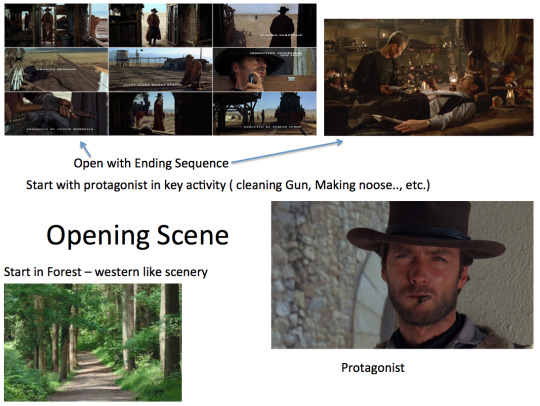
0 notes
Text
T. Creative Investigation - First Draft
Creative Investigation
For my creative investigation I will be focusing on the director Sergio Leonie and if he can be considered a true auteur and what this means. I will be applying film theory to my investigation and considering its relevance to Sergio Leone’s work, contextually and critically. I will be using various sources to support my hypothesis and arguments in relation to my three focal films which are; The Good The Bad And The Ugly (1966), Once Upon a Time in The West (1968) and Once Upon a Time In America (1984).
Hypothesis: Can Sergio Leone be considered an auteur?
Sub-topics:
-To what extent does Sergio Leone owe his style and legacy in A Fistful of Dollars to Yojimbo, and what did the subsequent legal battle prove?
-What stylistic elements of the spaghetti western can be considered original of Sergio Leone?
-How has Sergio Leone’s style changed from work pre-spaghetti westerns working as a collaborative assistant and second unit director, to working directing westerns, post western drama’s and his satirical style.
1. To what extent does Sergio Leone owe his style and legacy in A Fistful of Dollars to Yojimbo, and what did the subsequent legal battle prove?
Paul Sellors has previously claimed that authorship is “an issue of intention” and it has been documented (source 1) that Leone carefully selected his co-writers even though he put a minimal level of importance on dialogue. This shows that there is a debate over who can truly be considered the true author of Leone’s films where he is not the sole writer.
As part of my study of Sergio Leone focusing on authorship, I have analysed the films The good, the Bad and The Ugly, Once Upon a Time in the West and Once Upon a time in America in order to determine whether Leone can be considered to be an ‘auteur’ as well as the ‘true author’ of his films.
Pauline Kael previously stated that Akira Kurosawa’s Yojimbo (1961) “could exploit Western conventions while debunking its morality” and also that this, “was the key to Leone’s success and, to some degree, to that of the spaghetti Western genre as a whole.” From what Pauline Kael has written we can see that Yojimbo was a Japanese take on the westerns that had stereotypical storylines and similar themes. Kurosawa took these conventions and subverted them somewhat, to create ‘Yojimbo’, Kursawa’s take on a ‘traditional’ Japanese film. This then became a massive inspiration for Sergio Leone’s generation of filmmakers, who then subverted the values presented in Yojimbo ironically, to create their own westerns with distinct storylines and protagonists who had their own unique moral codes.
The legal battle that was held over the rights for ‘A Fistful of dollars’ makes a strong case against Sergio Leone being a true Auteur as his film was based on another directors creative vision. Kurosawa notoriously made a statement on the likeness of ‘A Fistful of dollars’ to his own film, saying that it was indeed “a fine movie, but it was MY movie.” The amount Kurosawa received from the resulting lawsuit is debated, but it is known that Leone settled out of court which makes a clear statement in itself, showing that Leone acknowledged that at least some of the credit for ‘his’ film is owed to Kurosawa. This means that even on a legal basis, Leone cannot be credited for the full authorship of his own film, which makes a strong argument against Leone being an auteur. However, originality isn’t technically one of the three parameters of an auteur, although the parameter it most closely relates to ‘personal style’ is the one aspect of ‘A fistful of dollars’ that is taken most directly, (or borrowed) from Yojimbo.
A Fistful Of Dollars

Yojimbo

A Fistful Of Dollars
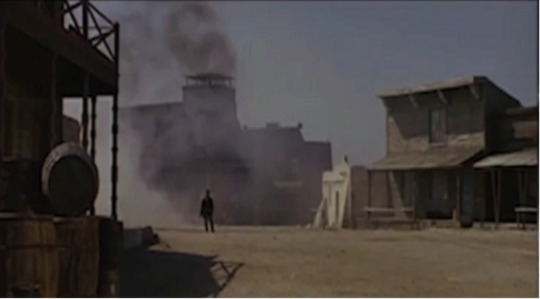
Yojimbo
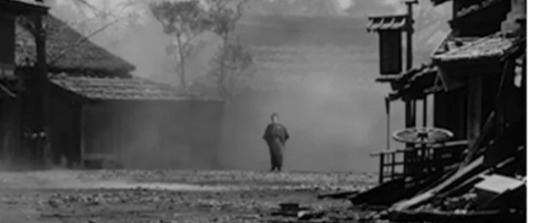
The images above show the similarity between Yojimbo and A fistful of dollars, and it is understandable to see where it can easily be debated whether Leone is indeed an auteur or not.
When Francois Truffaut's wrote the article "A Certain Tendency of the French Cinema" which was the bedrock on which auteur theory was founded, it is not originality in concept or plot was his greatest concern, rather it was if a film was wholly original and the quality of the directors work was consistent and of a high standard. However he does reference ‘talkies’ as a plagiarism of American cinema on the part of the French filmmakers at the time; talkies were the first short films to feature dialogue, hence the name. Truffaut uses the phrase "Tradition of Quality", which he used to apply to any filmmaker that could be considered an auteur, must have, as it is an indication of personal style, technical competence and inner meaning being present in all of their work, showing a consistent use of these parameters. Looking at Leone’s work as a whole, it is evident that his filmography is all of a high standard, and he does have a ‘tradition of quality’. Although Leone borrowed stylistic elements from Yojimbo, I do not think he borrowed the ‘style’ and Leone’s style which is present throughout all of his films, is not based upon and does not owe any massive debt to Kurosawa. On the other hand, whilst not being a direct plagiarism, I think having signature stylistic elements from ‘Yojimbo’ present in ‘A Fistful of Dollars’ as some of the key stylistic features of the film, does make the question of whether Leone has met Sarris’ criteria with PERSONAL style, relevant. In spite of the question, ‘Can Leone truly be considered an auteur when analysing ‘A Fistful of Dollars’, I think that Leone does have a “tradition of quality” throughout his films, and Sarris’ model of auteur theory can be applied to his work as a whole.
2. What stylistic elements of the spaghetti western can be considered original of Sergio Leone?
Some would consider Sergio Leone’s ‘Dollars’ Trilogy and ‘Once Upon A Time in the west’ the only true ‘Spaghetti Westerns’, however it can easily be debated that the wave of copy-cat westerns that came after the success of the final film in the trilogy, ‘The Good, The Bad and The Ugly’ can claim to and also be considered a spaghetti western in their own rights. Whilst not being completely original in style or concept, they are still part of the trend which changed western and specifically American culture from looking to the moon, to looking to the past. It is also important to give these look-alike films credit for Leone’s later satirical westerns, which parodied the films, which had started to become parodies of themselves when copying Leonie’s work. Without which his final ‘westerns’ would most likely not exist, which not only signified the end of Leone creating new westerns as part of his cannon, it also showed the extent that westerns had been stretched to and overdone in order to make a profit and cash in on Leone’s success. Therefore Leone put the western to bed not only for himself, but also for a whole culture.
My 5th source states “Spaghetti westerns copied the look and feel of the Dollar Trilogy. Often filmed on the very locations in Spain used by Leone, these westerns offered desolate landscapes that created dark moods.” This shows that in order to achieve similar shots to Leone, some filmmakers went to the extreme of going to the place where they were originally shot. This is probably the most tangible element of each film from this time period of the mid-sixties to mid-seventies which has been classified as a ‘spaghetti western’, the setting. Sarris’ three parameters of an auteur can be applied to the filmmakers that jumped on the bandwagon of the spaghetti western, who’s personal style, or lack thereof is derived from using (or copying) signature elements of Leones westerns.
Daniel chandler states, “conventional definitions of genres tend to be based on the notion that they constitute particular conventions of content (such as themes or settings and/or form (including structure and style)”. This supports the idea that none of what is considered typical of Sergio Leone’s westerns can be fully owed to him, and rather the genre is the true author, and as much as the director tries to subvert or stray from the typical conventions of a ‘western’, all of the conventions that dictate various aspects of the film, such as setting, plot and character types, are already set by typical film conventions of that genre. In ‘creating’ the sub-genre of ‘Spaghetti western’ Leone laid out certain conventions in the dollars trilogy, which were then arguably, public property to imitate or mimic. Jonathan Culler argues that the conventions of genre are in place to establish a “contract between creator and reader so as to make certain expectations operative, allowing compliance and deviation from the accepted modes of intelligibility”. The point Culler is making is that, whilst conventions exist they can be deviated from enough to create an original concept. This applies to the directors that took ‘heavy inspiration’ from Leone’s work, but generally isn’t because the lion’s share of westerns made in the wake of Sergio Leone’s, were never intended to be original or deviate from the conventions of Leone’s films, they were simply there to emulate them all the way to the bank.
An interesting point to take into account when considering spaghetti westerns, is that a spaghetti western is generally classified as a western made by an Italian director within Europe. So spaghetti western is just a label applied to a western film because the director being Italian, or the film being shot In Europe, is irrelevant
3. How has Sergio Leone’s style changed throughout his career?
Leone’s full directorial debut, ‘The Colossus of Rhodes’ released in 1961, follows the Roman Empire’s rise and can be classed as a ‘stereotypical’ 1960’s period-action-drama film. The next film Leone released was ‘A fistful of dollars’, which signalled the beginning of his breakthrough into the mainstream, as by the time the last film in this ‘man with no name trilogy was released’ ‘A Fistful of Dollars’ was becoming a hit film in America. After the dollars trilogy, Leone moved onto ‘Once Upon a time in the west’, which saw Leone starting to use a few ‘classic American’ locations, with the main filming locations comprising mainly of European locations.
In ‘Once Upon A Time in The West’ Leone began changing the ‘usual’ film conventions he applied to his films. It stars Henry Fonda as the main protagonist, and Claudia Cardinale as the main ‘hero’ of the film, but not the ‘star’. This showed a shift in Leone’s work, from featuring the protagonist being an ‘anti-hero’, as Clint Eastwood is in the man with no name trilogy, to being an outright villain. Some would say that the socio-political context of the 1960’s began changing and influencing Leone’s films, and the messages and values behind them. ‘Once Upon a time in the west’ was created during the second wave of feminism during the 1960’s, and some would argue that Leone empathised with this movement. This could be the reason for him featuring Claudia Cardinale as the female lead Hero, playing a strong empowered character and being more representative of the female gender than other pictures at the time. Laura Mulvey wrote about feminist theory in her own book seven years after this picture was released, and one of her arguments that outlined the way females were objectified and demeaned in films in a more covert manor was via the ‘Male Gaze’. Leone took this convention and made it completely redundant when the character of Cheyenne meets Jill. Cheyenne is looking for redemption and befriends Jill, misunderstanding his intentions at first Jill says, “If you want to, you can lay me over the table and amuse yourself, and even call in your men. Well, no woman ever died from that. When you're finished, all I'll need will be a tub of boiling water and I'll be exactly what I was before - with just another filthy memory!”. This scene shows the strength and competence of Jill, whilst at the same time removing any sexual connotations from the relationship between the two characters and presents Jill and Cheyenne as equals, rather than presenting Jill solely as a sexually objectified character just because she is a woman. It also breaks the stereotype and Jill’s assumption of Cheyenne’s intentions, and shows that not every male is derelict of moral standards and conscience, and that all males are obsessed with sex, as Cheyenne declines with a sigh and the comment, “You make good coffee, at least?”. This reinforces both characters likeableness with the audience, Cheyenne’s character becomes more well like because he turns down Jill’s ‘offer’ because of his moral standards, and Jill is shown as a strong female lead that breaks traditional conventions of a female in a western.

Primary Research Texts:
Filmography
·Item 1: Leone, Sergio, 1966, The Good The Bad and The Ugly, Produzioni Europee Associate (PEA) (produced for) (as PEA - Produzioni Europee Associati - Rome)
This is the final film in Leones ‘Dollars Trilogy’and focuses on the quest for buried gold in the old west by three suspect individuals. This was the film that ‘broke’ the film series in America and it was soon after this films release that these films reached massive critical acclaim and financial success in America, and changed western culture permanently.
·Item 2 : Leone, Sergio, 1968, Once Upon a Time In The West, Rafran Cinematografica (as A Rafran-San Marco Production)
·Finanzia San Marco (as A Rafran-San Marco Production)
·Paramount Pictures (copyright holder) (as Paramount Pictures Corporation)
This is another of Leone’s westerns which unconventionally has a female protagonist, which is something Leone consciously did, which is interesting as contextually, this film was released during the second wave of feminism, and it is interesting to consider Leone as a feminist.
Item 3: Leone, Sergio, 1984, Once Upon A Time In America, Ladd Company, TheEmbassy International PicturesProducers Sales Organization (PSO) Rafran Cinematografica (uncredited)St. Petersburg Clearwater Film Commission
This film stands out when looking at Leone’s films as a body of work, it is the longest of his films, and it is also not a western. Leone also used a host of A-list stars in this film, which differs from his earlier work where he had to work with relative unknowns.
Secondary Research Texts:
1. Lannone, P, (2014), The interview, Sight and sound Magazine
2. O'Neill, P, (2009), How The West was Written, The Guardian
3. Riet, P, (2017), Sergio Leone interview on Clint Eastwood and the Dollars Trilogy 1977
4. Aquila, R, (2015), A Fistful of Dollars: Spaghetti Westerns and Changing Times, The Sagebrush Trail
5. Mcclain, W, (2010), Western, Go Home! Sergio Leone and the “Death of the Western” in American Film Criticism, University of Illinois Press on behalf of the University Film & Video Association
6. Newman, K, (2000), Once Upon A Time in the West Review, Empire Magazine Online
7. Naughton. J, (2000), The EMPIRE ESSAY: The Good Bad And The Ugly Review, Empire Magazine Online
8. Smith, A, (2000), Once Upon A Time In America Review, Empire Magazine Online
9. Newman, K, (2013), The Good Bad And The Ugly Review, Empire Magazine Online
10. Macnab, G, (2011), Quentin Tarantino - The good, the bad and the movie geek, The Independent
11. Mitchell, E, (2003), FILM; Sergio Leone’s Jazz Western, The New York Times
12. (2000), A Fistful of Dollars Review, Empire Magazine Online
0 notes
Text
S. Essay Abstract
Essay Structure
Point:
Source:
Evidence 1:
Evidence 2:
Evidence 3:
Explain:
Evaluate: (link to next point)
Sub-topics:
Question 1: To what extent does Sergio Leone owe his style and legacy in A Fistful of Dollars to Yojimbo, and what did the subsequent legal battle prove?
Question 2: What stylistic elements of the spaghetti western can be considered original of Sergio Leone?
Question 3: How has Sergio Leone’s style changed from work pre-spaghetti westerns working as a collaborative assistant and second unit director, to working directing westerns, post western drama’s and his satirical style.
Brief intro:
As part of my study of Sergio Leone focusing on authorship, I have analysed the films The good, the Bad and The Ugly, Once Upon a Time in the West and Once Upon a time in America in order to determine whether Leone can be considered to be an ‘auteur’ as well as the ‘true author’ of his films.
1. To what extent does Sergio Leone owe his style and legacy in A Fistful of Dollars to Yojimbo, and what did the subsequent legal battle prove?
Point:
Yojimbo and A Fistful of Dollars (legal battle) – this makes a strong case against Sergio Leone being a true Auteur as his film was based on another directors creative vision.
Source:
Evidence 1:
A Fistful Of Dollars

Yojimbo

Evidence 2:
A Fistful Of Dollars

Yojimbo
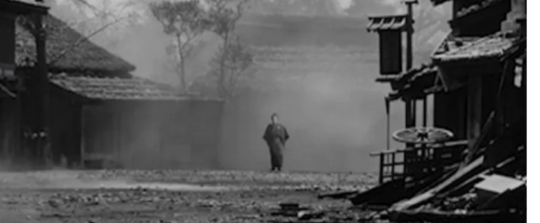
Evidence 3:
Explain:
Evaluate: (link to next point)
2. What stylistic elements of the spaghetti western can be considered original of Sergio Leone?
Point:
Source:
Evidence 1:
Evidence 2:
Evidence 3:
Explain:
Evaluate: (link to next point)
3. Sergio Leone’s style (Specifically changing from work pre-spaghetti westerns working as a collaborator on b-movies, onto westerns, post western drama’s and satirical style).
Point:
Source:
Evidence 1:
Evidence 2:
Evidence 3:
Explain:
Evaluate: (Evaluate Essay arguments)
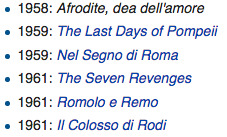
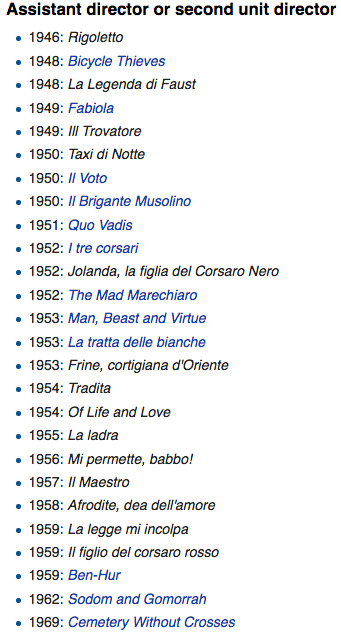
0 notes
Text
Q. Completed reference list
1. Lannone, P, (2014), The interview, Sight and sound Magazine
2. O'Neill, P, (2009), How The West was Written, The Guardian
3. Riet, P, (2017), Sergio Leone interview on Clint Eastwood and the Dollars Trilogy 1977
4. Aquila, R, (2015), A Fistful of Dollars: Spaghetti Westerns and Changing Times, The Sagebrush Trail
5. Mcclain, W, (2010), Western, Go Home! Sergio Leone and the “Death of the Western” in American Film Criticism, University of Illinois Press on behalf of the University Film & Video Association
6. Newman, K, (2000), Once Upon A Time in the West Review, Empire Magazine Online
7. Naughton. J, (2000), The EMPIRE ESSAY: The Good Bad And The Ugly Review, Empire Magazine Online
8. Smith, A, (2000), Once Upon A Time In America Review, Empire Magazine Online
9. Newman, K, (2013), The Good Bad And The Ugly Review, Empire Magazine Online
10. Macnab, G, (2011), Quentin Tarantino - The good, the bad and the movie geek, The Independent
11. Mitchell, E, (2003), FILM; Sergio Leone’s Jazz Western, The New York Times
12. (2000), A Fistful of Dollars Review, Empire Magazine Online
0 notes

